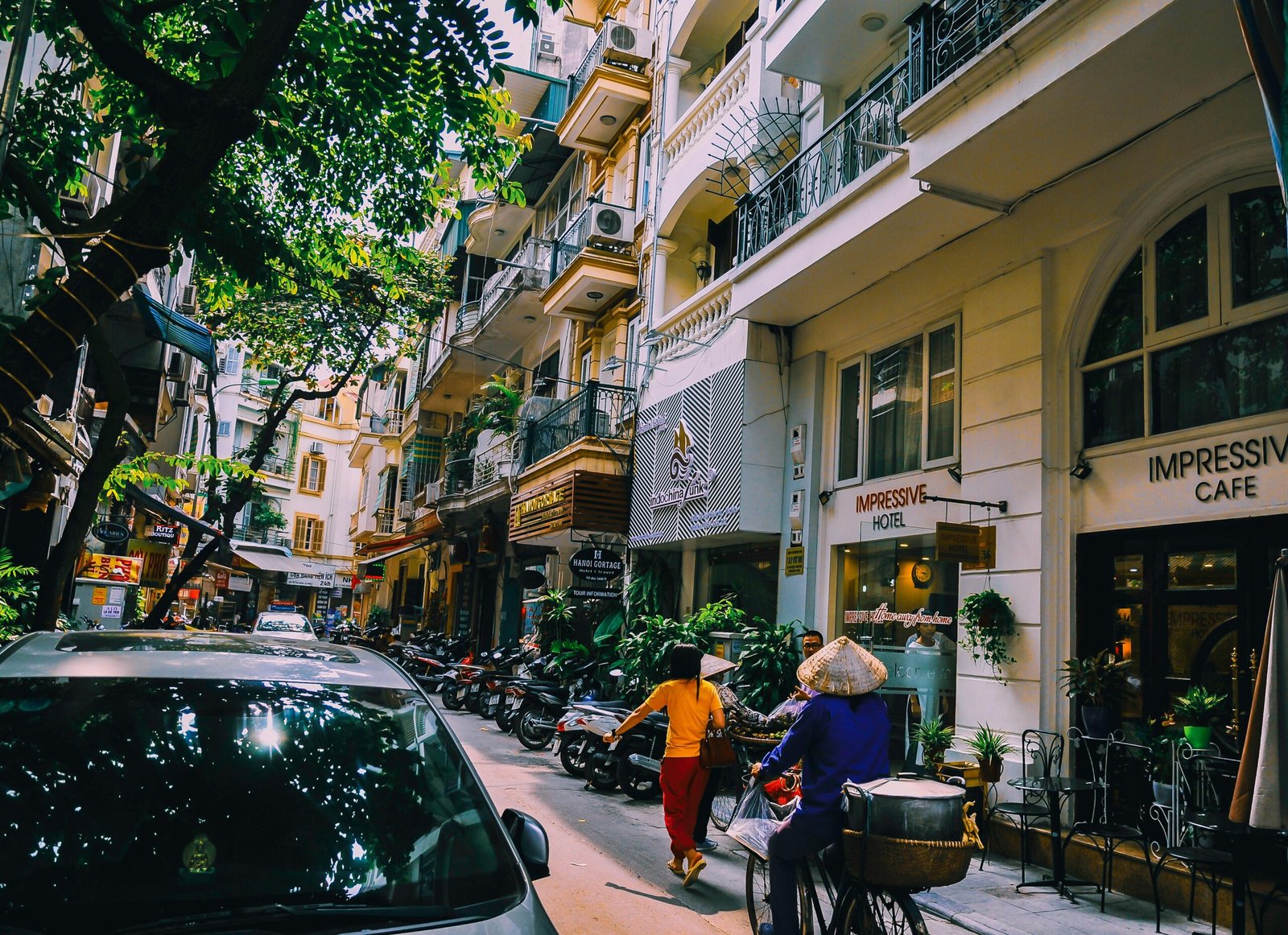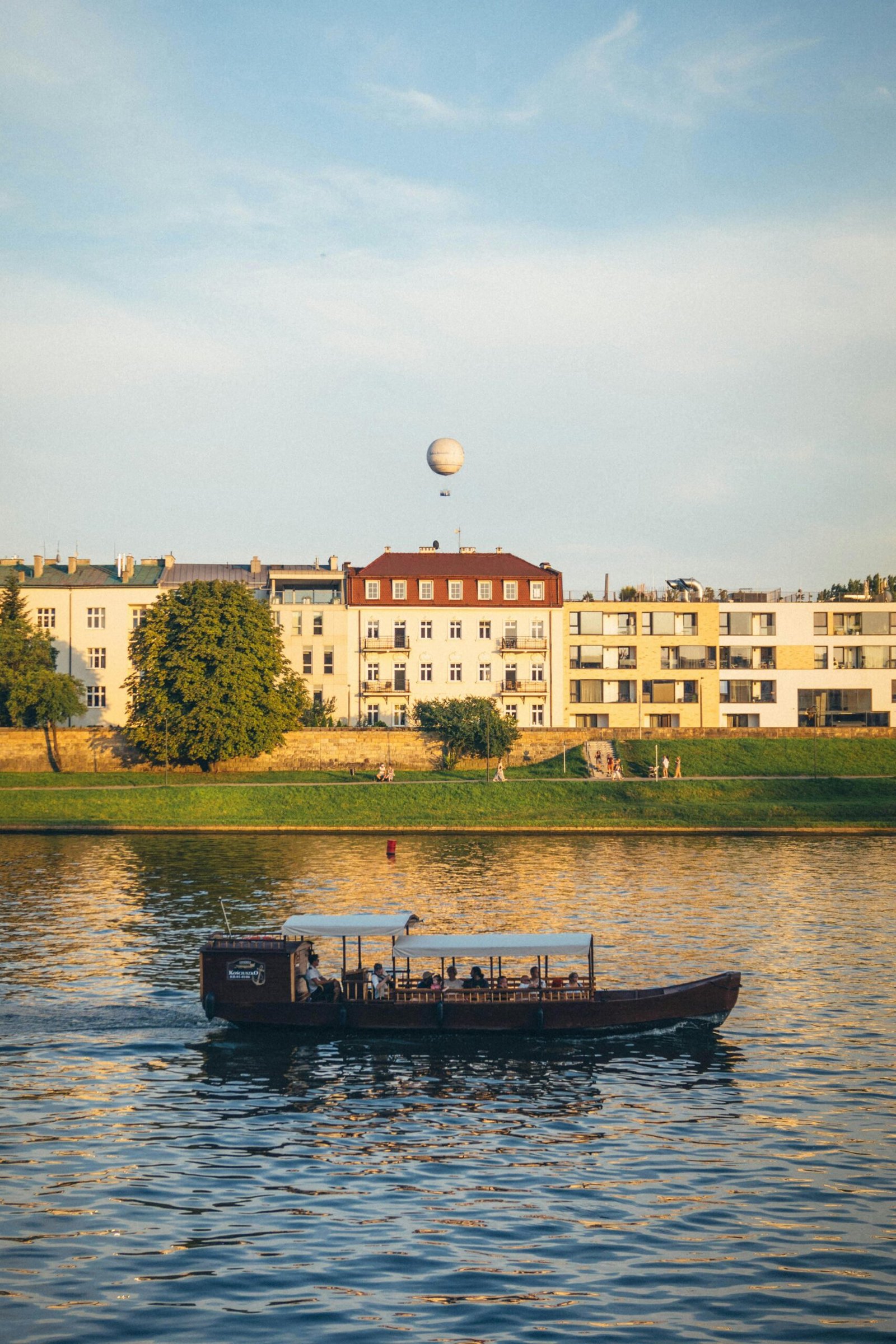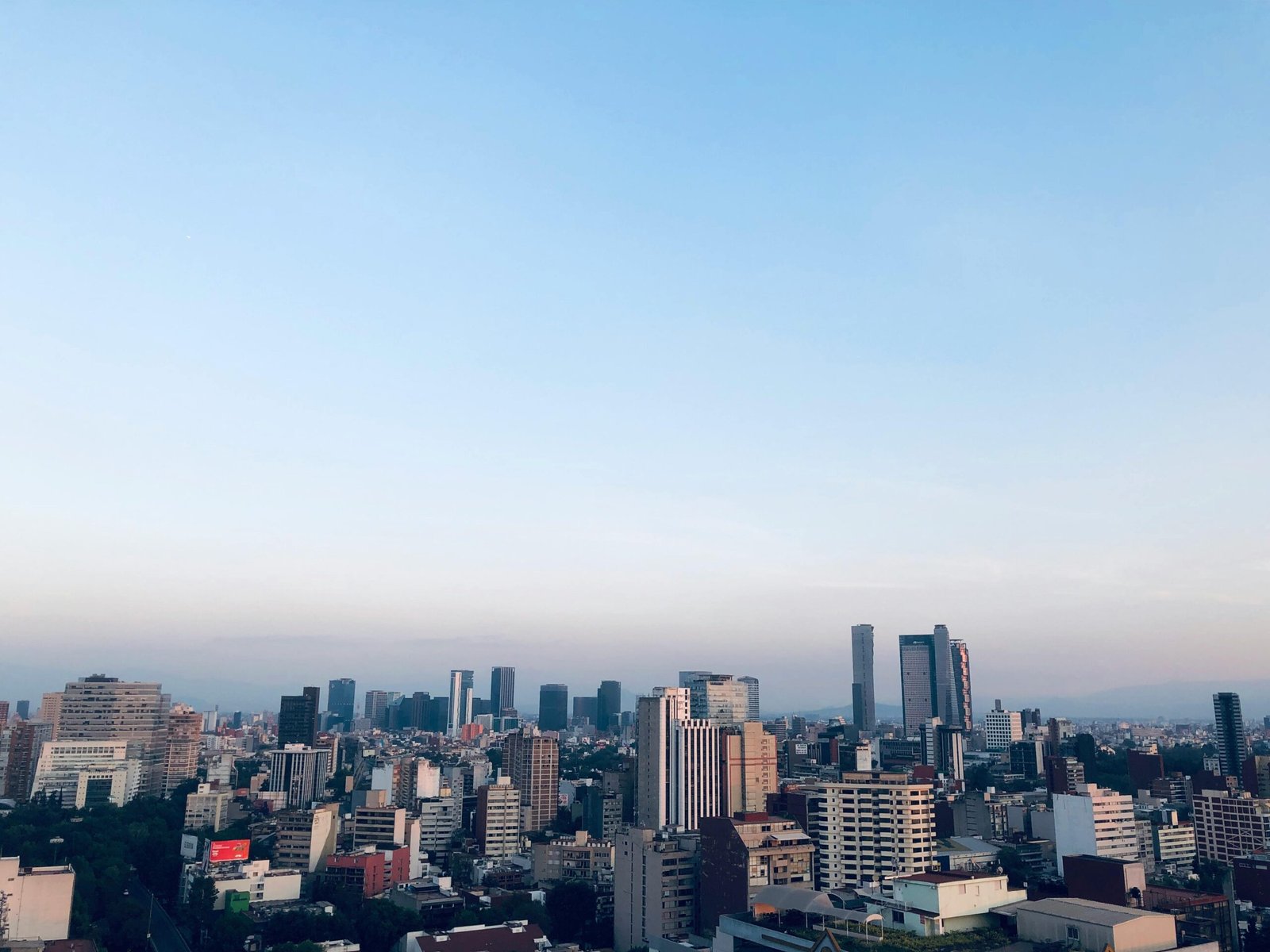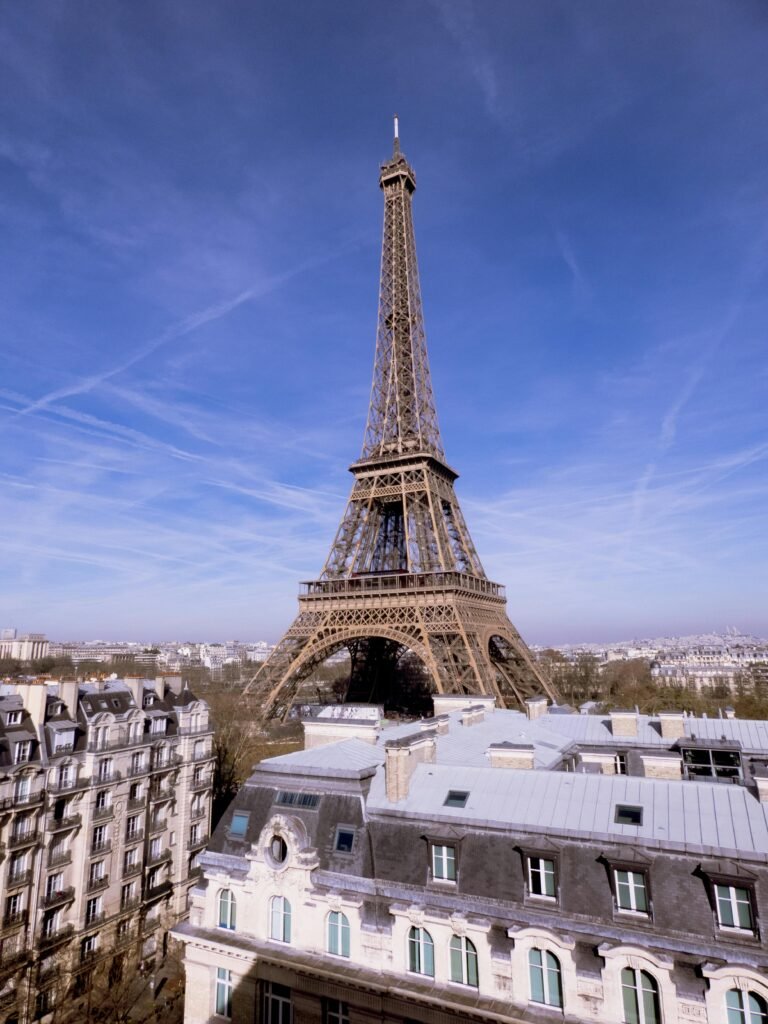
You don’t need a luxury budget to explore the world. From Southeast Asia to Eastern Europe, there are places where your money stretches surprisingly far—without sacrificing comfort, safety, or experience. Whether you’re planning your first big trip or looking for your next affordable escape, here are 7 Budget Travel Spots for 2025.
1. Valencia, Spain

Often overshadowed by Barcelona and Madrid, Valencia offers beautiful beaches, walkable historic districts, and a thriving food scene—at a much lower cost.
Why it’s budget-friendly:
- Meals at local cafés or menu del día (set lunch menus) often cost €10 or less.
- Most museums charge under €5, and many are free on Sundays.
- Public transport is cheap and efficient, with 10-trip bus passes costing around €8.50.
Estimated daily budget: $60-70
Best time to go: Spring or fall—mild weather and fewer crowds.
Travel tips:
- Don’t miss the Turia Gardens, a former riverbed turned park that stretches through the city.
- Try the original paella Valenciana—locals say it’s the real deal here.
- Walk or bike between neighborhoods to save on transit and enjoy the architecture.
Travel Tip: In Valencia, avoid restaurants on the main plazas for cheaper, more authentic meals just a street or two away.
2. Hanoi, Vietnam

Vietnam’s capital is buzzing with motorbikes, food stalls, and a blend of old and new. It’s a fantastic choice for budget travelers who want a mix of culture, food, and affordability.
Why it’s budget-friendly:
- Local meals like pho or bun cha cost around $1.50–$3.
- Hostel rooms start at $10–$20 per night, while homestays typically range from $20–$50 per night.
- Inexpensive activities like walking around Hoan Kiem Lake or browsing markets provide plenty to do.
Estimated daily budget: $35–50
Best time to go: October to April, when temperatures are cooler and rain is minimal.
Travel tips:
- Use ride-sharing apps like Grab to avoid being overcharged by taxis.
- Stay in the Old Quarter to be close to attractions and budget eateries.
- If you’re sensitive to air pollution, check the AQI and consider a mask for busy streets.
Money saving Tip:
Book tours locally instead of online. Tour prices are often inflated on travel sites—booking with trusted street agents or hostels can save you up to 50%.
3. Kraków, Poland

Kraków is a historic city with beautiful architecture, cozy cafés, and an artsy vibe—all at a fraction of what you’d pay in Western Europe.
Why it’s budget-friendly:
- Sit-down meals are often under $10.
- If you’re on a budget, there are a few cheaper stays — I found one for $32/night before taxes, which came to $62 in the end.
- The city center is compact and walkable—no need to spend much on transport.
Estimated daily budget: $40–55
Best time to go: May, June, or September—good weather without the high-season prices.
Travel tips:
- Visit the Planty Park ring and Wawel Castle grounds—both are free to enjoy.
- Many museums offer free entry on specific days of the week.
- Stay outside the main square area to save even more on accommodations.
Money saving Tip:
Stay just outside the Old Town. Accommodations a short walk or tram ride from the center are often significantly cheaper, and Kraków’s public transport is reliable and inexpensive.
4. Mexico City, Mexico

This capital city blends colorful culture, art, and world-class food with everyday affordability. It’s one of the best 7 Budget Travel Spots for 2025 and urban destinations for value travelers in the Americas.
Why it’s budget-friendly:
- Street food like tacos and tamales often cost less than $1 each.
- Public transit is efficient and costs less than $0.30 per ride.
- Free or low-cost attractions include Chapultepec Park, street art walks, and local markets.
Estimated daily budget: $45–60
Best time to go: March to May (dry season, before summer rains).
Travel tips:
- Stay in neighborhoods like Roma or Coyoacán for a quieter, charming experience.
- The city sits at a high altitude—stay hydrated and go easy on your first day.
- Sunday is “Museum Day,” when many museums are free or discounted for all visitors.
Money saving Tip:
Avoid ATMs with high fees—use ATMs located inside banks for better security and lower withdrawal charges, and avoid currency exchange booths at the airport.
5. Sofia, Bulgaria

Sofia is one of Europe’s most underrated and affordable cities. It’s safe, walkable, and surrounded by mountains—ideal if you want a mix of urban life and nature.
Why it’s budget-friendly:
- Cafés and restaurants offer full meals for $5–$8.
- Public transport (trams, buses, metro) is reliable and super affordable.
Estimated daily budget: $35–50
Best time to go: April to June or September to early October.
Travel tips:
- Walk the pedestrian boulevard Vitosha for cheap eats, people-watching, and local shopping.
- Many outdoor sites like city parks, monuments, and hiking trails are free.
- English is widely understood in tourist areas, but learning a few Bulgarian basics is appreciated.
Money saving Tip:
Use mobile apps for rides (like Bolt) instead of taxis—fares are lower, and there’s no risk of tourist price hikes.
6. Bali, Indonesia

Despite its reputation for luxury retreats, Bali is also a haven for budget travelers—especially in towns like Ubud, Canggu, and Lovina.
Why it’s budget-friendly:
- Local meals at warungs (small restaurants) cost around $2–$4.
- Budget guesthouses, hostels, and homestays are available for under $20-40 per night.
- Nature is free—waterfalls, rice terraces, beaches, and scenic walks are all accessible without a tour.
Estimated daily budget: $40–60
Best time to go: April to June, before peak season and during dry weather.
Travel tips:
- Renting a scooter is common and affordable, but roads can be chaotic—only ride if you’re confident.
- Don’t over-plan—Bali’s pace is slow, and spontaneous exploring often leads to the best experiences.
- Stick to filtered or bottled water to avoid stomach issues.
Money saving Tip:
Avoid Western-style cafés daily. They’re tempting but pricier. Stick to local warungs for authentic food at half the price or less.
7. Budapest, Hungary

Budapest is a beautiful European city split by the Danube River, offering thermal baths, historic landmarks, and a surprisingly vibrant nightlife—all at low cost. The last spot of the 7 Budget Travel Spots for 2025
Why it’s budget-friendly:
- A bowl of gulyás or a plate of lángos costs just a few euros.
- Public transport is fast, frequent, and inexpensive.
Estimated daily budget: $50–65
Best time to go: Late spring (May–June) or early fall (September).
Travel tips:
- Consider getting a 24- or 72-hour transit pass if you plan to use buses or metros a lot.
- Avoid eating in overly touristy areas like Váci Street—head to the Jewish Quarter or District VIII for better value.
- Walking along the Danube at sunset costs nothing and offers some of the best views in the city.
Money saving Tip:
Use refillable water bottles—Budapest has clean, free public drinking fountains all over the city, helping you save on buying bottled water.
Best Time to Visit & Daily Budget Comparison
| Destination | Best Time to Visit | Avg. Daily Budget (USD) | Why This Time? |
|---|---|---|---|
| Valencia, Spain | April–June, Sept–Oct | $60–70 | Fewer crowds, mild weather, lower hotel rates |
| Hanoi, Vietnam | March–April, Oct–Nov | $35–50 | Dry season, pleasant temps, fewer tourists |
| Kraków, Poland | May–June, Sept | $40–55 | Warm but affordable, fewer crowds than July |
| Mexico City, Mexico | March–May | $45–60 | Dry, sunny days before summer rains |
| Sofia, Bulgaria | May–June, Sept | $35–50 | Ideal for sightseeing, budget stays widely available |
| Bali, Indonesia | May–October (Dry Season) | $40–60 | Great beach weather, avoid rainy season |
| Budapest, Hungary | April–June, Sept–Oct | $50–65 | Cheaper than summer, still warm for walking |
Enjoyed this guide? Check out my other budget travel blog for more destination tips and cost breakdowns!
Final Thoughts
Traveling on a budget doesn’t mean you have to sacrifice experience or comfort. These cities are proof that with a little planning, you can enjoy rich culture, great food, and beautiful surroundings without spending a fortune.
Whether you’re heading to Eastern Europe or Southeast Asia, knowing when to go, where to stay, and how to navigate each city can make all the difference.


